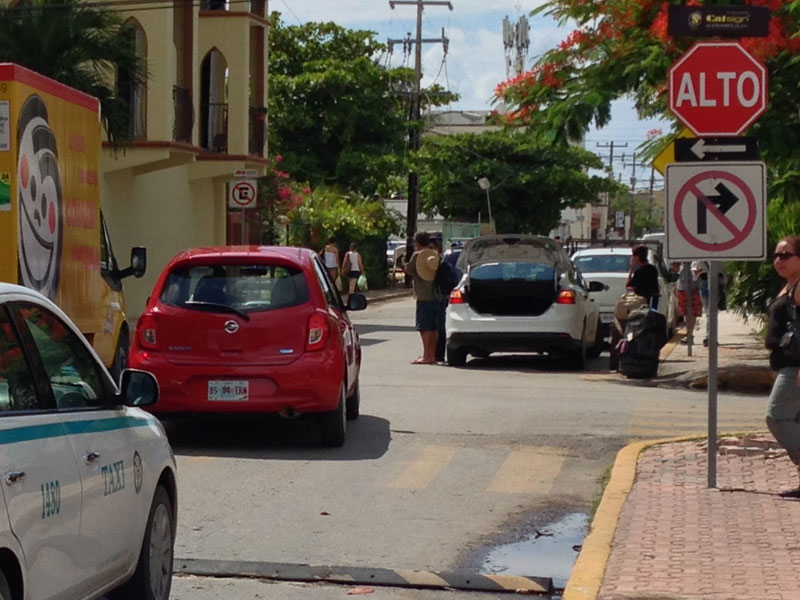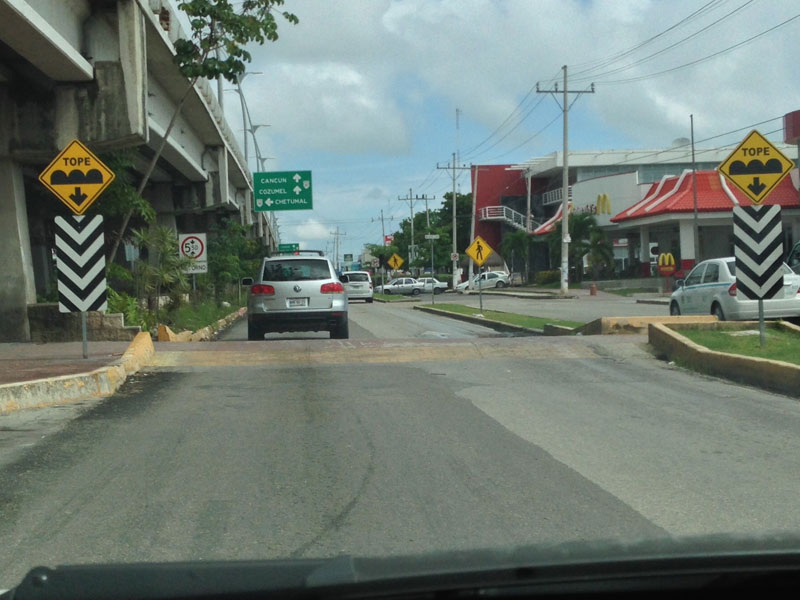Infinite scroll can definitely be useful. This is what you see on sites like Twitter where more results load as you get to the bottom of the page content. This asynchronous behavior helps moderate page load times by requesting more data as needed.
What doesn’t always work with infinite scroll is a footer. I was on a site where I was trying to read its “about us” statement, linked in the footer, but could never click on it since the page had infinite scroll.
As hard as I tried, I could not click the “Read more…” link. Even getting the screen shot took some ninja tricks.
Design Recommendations
- Don’t have a footer. Is it really necessary? I eventually found a link to the “About” page in the global navigation menu.
- Have a “sticky” footer. This could work like sticky headers do, where if you’re scrolling down the page it gets smaller or even hidden, then if you scroll back up, it shows again.
- Instead of loading more posts automatically, provide the user with a link to manually load more instead.
What’s the right solution? That comes down to testing and finding out what the site’s typical visitors expect. I’d opt for no footer on this page.


